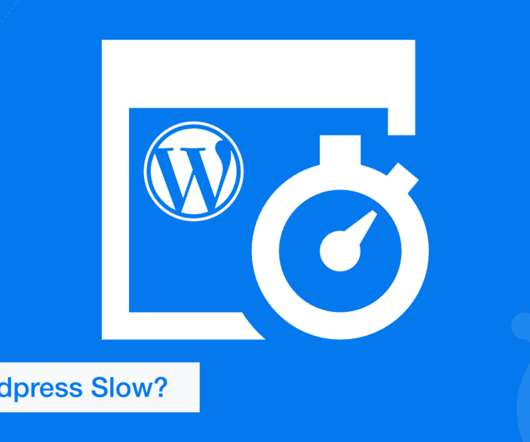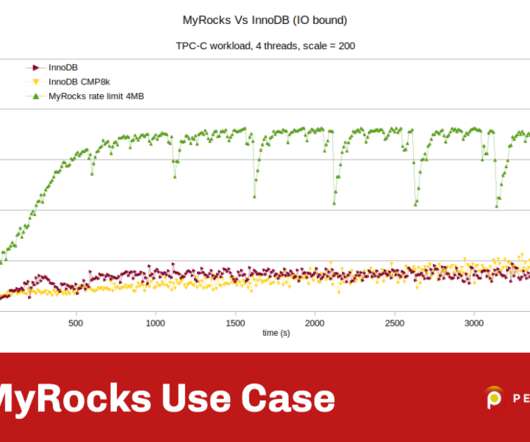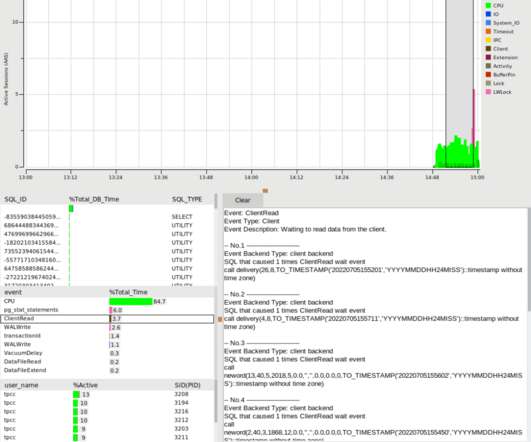How to use Server Timing to get backend transparency from your CDN
Speed Curve
FEBRUARY 5, 2024
Server-timing headers are a key tool in understanding what's happening within that black box of Time to First Byte (TTFB). Looking at the industry benchmarks for US retailers , four well-known sites have backend times that are approaching – or well beyond – that threshold.







































Let's personalize your content